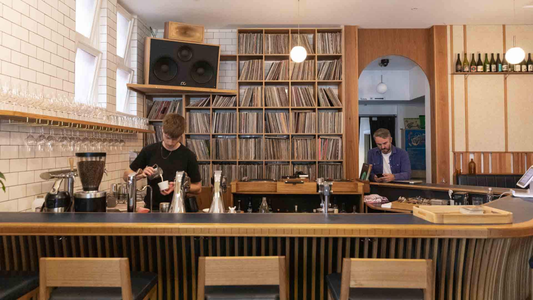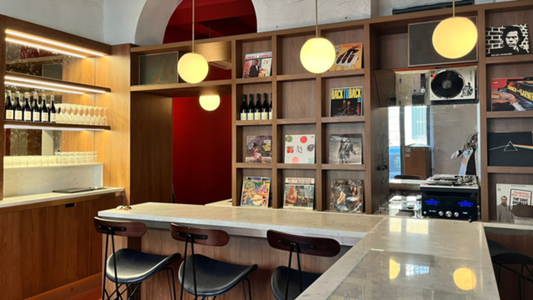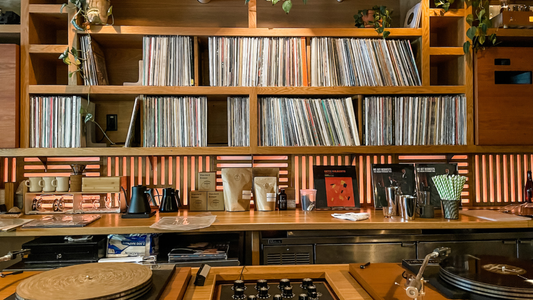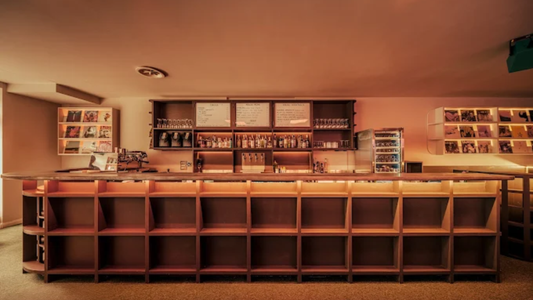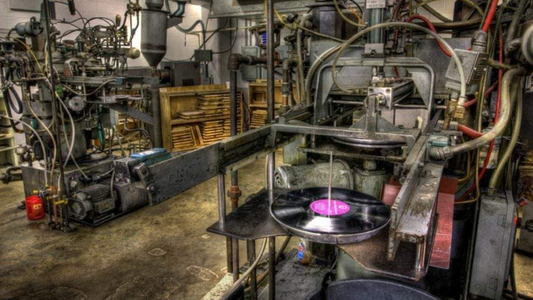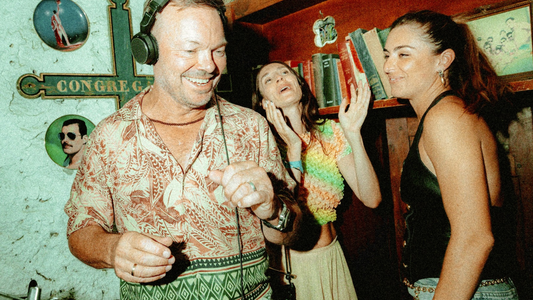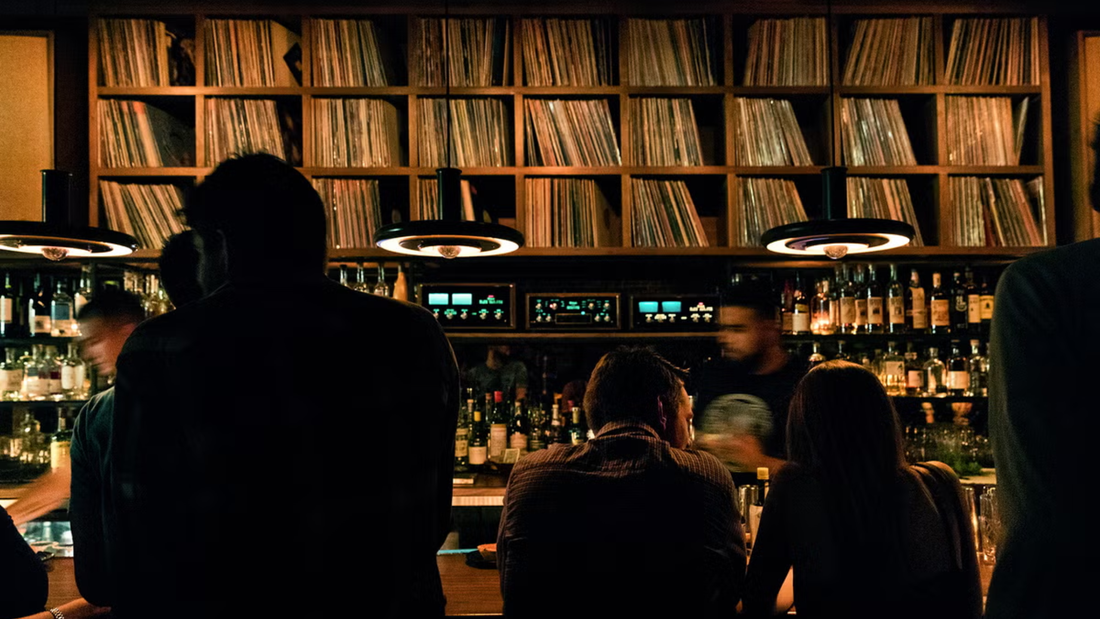
The Quiet Return of the Listening Bar
By Rafi Mercer
I saw a headline earlier today claiming that London’s nightclubs are in decline as listening bars rise. It’s a neat line, but it misses the truth. Nightclubs aren’t dying; they’re just part of a different rhythm. What’s really changing is tempo — how fast we want our nights to move, how deep we want them to go, how present we’re willing to be while we’re there. Nightclubs are about release. Listening bars are about return. Both have their place; one just happens to be built for the times we’re now living through.
The last decade has been a blur — social feeds, endless swipes, playlists that skip themselves before we’ve even felt the groove. Music has become the background noise of our busyness. Fast fashion for the ears. It’s no wonder people are quietly seeking slower, more deliberate spaces — somewhere you can actually hear again. That’s what listening bars are offering: not a replacement for nightlife, but a correction. They’re a response to the exhaustion of constant movement. They’re where nightlife takes a breath.
If nightclubs were the sound of youth in a hurry, listening bars are the sound of experience finding its balance. In the best of them, you don’t chase the beat — you let it come to you. The mix is not made for momentum but for immersion. You sip, you listen, you stay. You talk less, but somehow connect more. It’s not the volume that draws you in, it’s the care. The sound is tuned. The light is considered. The glass feels right in your hand. You’re part of something that values how you experience music, not just that you do.
That isn’t a rejection of nightlife — it’s a refinement. When I worked in and around record retail and club culture, you could feel when a movement was maturing. Clubbing taught us freedom; listening bars teach us focus. They’re cousins, not rivals. The same DJs who once filled warehouses now curate sound in smaller rooms, finding joy in precision instead of scale. The audience has changed too. We still want connection, but we want it without the chaos. We want intimacy, warmth, fidelity. Slow luxury instead of spectacle.
And London — for all its restless speed — has always had that undercurrent. From the dim corners of Soho jazz basements to the velvet booths in Dalston and Hackney, this city has long known how to listen. The current wave of listening bars simply amplifies that tradition. It’s a return to craftsmanship. To curation. To patience. You could say it’s London remembering itself.
Perhaps what’s really happening is that we’re rediscovering discipline in listening. Streaming made everything accessible but also disposable. The “next track” button became an escape hatch from attention. Listening bars demand something else: commitment. You don’t skip a record halfway through because you’re bored; you sit with it, let it unfold. You hear the flaws, the texture, the humanity in the mix. In that, there’s a kind of luxury — not in price, but in time. Time to be still. Time to listen deeply. Time to remember that music is not a feed but a feeling.
I think that’s why this movement resonates so widely. It’s not nostalgia. It’s necessity. In a world that’s constantly speeding up, listening bars are teaching us how to slow down. To savour. To choose quality over quantity — in sound, in conversation, in life. They remind us that culture doesn’t need to shout to matter. It can whisper, and still reach the soul.
So no, nightclubs aren’t over. They’ll always have their pulse, their moment, their 2 am crowd. But listening bars — the quieter, slower sanctuaries — are showing us another way to live the night. A way that values presence over performance. Substance over spectacle. And maybe, just maybe, that’s the change we’ve all been waiting to hear.
Rafi Mercer writes about the spaces where music matters.
For more stories from Tracks & Tales, subscribe, or click here to read more.
